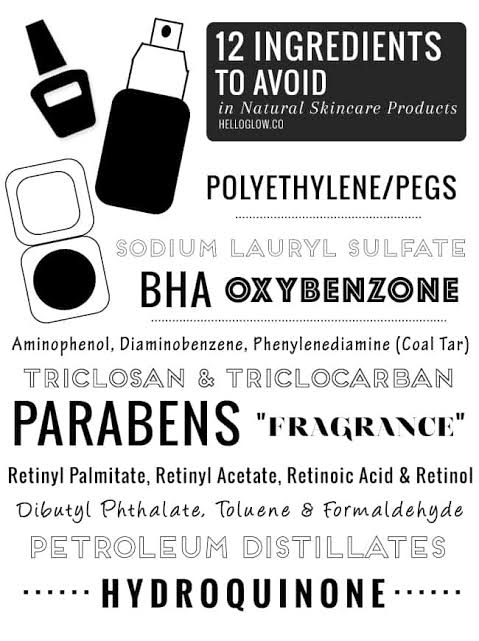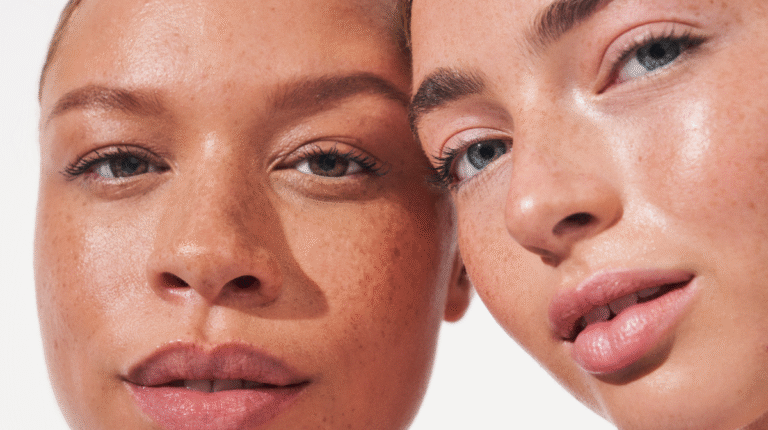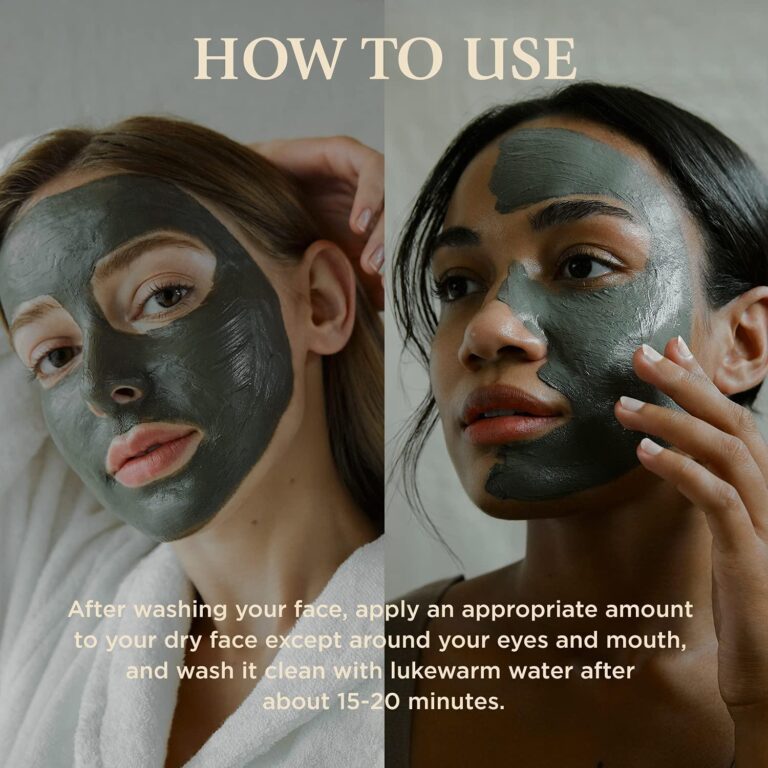
Regardless of whether you have dry or normal skin, I am pretty sure you use body lotion daily. What’s more, you probably apply it two times a day – in the morning and the evening. By mentioning all this, I am not trying to say it’s a bad habit (it can’t be because it keeps your skin elastic and hydrated) but are you sure that your favorite body lotion is safe for use?
Body care products use the most, and the fact that our skin absorbs approximately 60% of what we put on, it’s very careless to just slather body lotion all over our bodies, without at least checking what’s on its ingredient lists. And Unfortunately, many of us still do it.
There are thousands of chemicals used in personal care products and you can only guess how many of them enter our bodies. Even though all this may sound scary, there is a simple way to make sure that you are not threatening your health – read the labels and make informed choices. Today, we’d like to help you get familiar with 5 of the most commonly used ingredients in body lotions that are a big no-no if you don’t want to sacrifice your health in the name of beauty.
Mineral Oil
Mineral oil, also known as Petrolatum or Petroleum Jelly is the most widely used ingredient in the cosmetic industry, after water. It’s extremely cheap and easy to obtain, which is why it can be found on every ingredient list – starting from facial creams, hair serums to body lotions and shampoos.
Mineral oil is a distillation product of petroleum that has no color, no odor + relatively long shelf life. Manufacturers love it because of its extremely low price and because it is considered to be a superb moisturizing agent (which is questionable, but that’s a whole other story and we’ll talk about it some other time).
Even though mineral oil is GRAS (generally recognized as safe) by FDA, if not purified well, it might contain traces of PAHs (most often benzene) known to be carcinogenic and extremely harmful for human health. Some scientists categorize mineral oil as xenohormone (meaning “foreign”) and claim that it can interfere with the normal function of your endocrine system, negatively affecting your immunity.
So, speaking of good moisturizing agents – trust me, many natural and organic moisturisers are way better than mineral oil – at the same time, they do not carry any risks for your health and do their job pretty well.
PEGs
PEGs (polyethylene glycols) are a family of ingredients derived from petroleum and preferred by manufacturers because of their versatile application. PEGs function as emollients (help soften and lubricate the skin), emulsifiers (allow water-based and oil-based ingredients to mix properly), and vehicles that facilitate the absorption of active ingredients. So far so good, but are they safe?
While it is true that PEGs have very low toxicity, their use in self-care products should be avoided because of the high risk of contamination with ethylene oxide and 1,4-dioxane – human carcinogens that easily penetrate the skin and get into the bloodstream. Besides, ethylene oxide may interfere with normal human development and – have a neurotoxic effect on the brain.
To get a rough idea of the probability to stumble upon contaminated products, we’ll give you the following example: In a study of personal care products marketed as “natural” and “bio” (not certified by any official certifying body), U.S. researchers found 1,4-dioxane as a contaminant in 46 of 100 products analyzed!
Phenoxyethanol
In the past few years, a lot has been said and written about the use of parabens in personal care products, primarily because of their questionable safety. Due to this, many companies started labeling their products as “Paraben-Free” tricking customers into thinking that what they buy is 100% safe. Sadly, most of the paraben-free products contain phenoxyethanol. Phenoxyethanol is a relatively cheap preservative that limits bacteria growth and is often used as a substitute for parabens or in conjunction with them.
The primary problem with phenoxyethanol is that it is highly irritating. Not only can it cause severe allergic reactions, but it is also suspected to trigger eczema in susceptible individuals i.e. people who are genetically predisposed to develop eczema at some point in their life. What’s even worse is that according to some sources, parabens can increase the negative effects that phenoxyethanol has. So, next time you reach for a paraben-free product, make sure to check the label for phenoxyethanol, before you spend your money on something that is not as good as you think.
Artificial Fragrances
How many of the products in your bathroom have “Perfume” or “Fragrance”, mentioned somewhere on the ingredient list? Quite a few, I suppose.
As a result of the lack of regulation in the cosmetic industry, in many cases, manufacturers are not required to specify the exact type of ingredient they use, but instead, are allowed to generalize. Sadly, this is the case with fragrances.
The fragrance is a term created to protect a company’s “secret formula” i.e. their proprietary blend of scents. Nowadays fragrance is used to describe more than 3,000 compounds, many of which are known allergens and/or xenohormones. Some are even suspected to have potential side effects on the reproductive and respiratory system. So, is there a way for you to find out what is the exact type of fragrance the manufacturer used? Unfortunately, no!
If you don’t feel like putting your health at risk, look for fragrance-free body lotions or ones that contain essential oils. Beautifully scented body lotions are pleasant to use, but they are not for everyone. Keep that in mind.
Methylisothiazolinone
Often used in combo with its “relatives” methylchloroisothiazolinone and benzisothiazolinone, methylisothiazolinone (referred to as MIT) is yet another very powerful and widely used preservative, loved by the skincare industry, primarily because of its low cost.
Even though methylisothiazolinone is indeed a very potent biocide (a chemical substance capable of killing/suppressing the growth of bacteria and fungi), it is also “famous” for being a strong irritant and sensitizer. Methylisothiazolinone can cause allergic reactions, contact dermatitis, and even nerve damage.
In the past few years, there have been a lot of discussions about MIT’s safety and after the conduction of several studies, it’s been stated that MIT has a toxic effect on developing neurons, even in relatively low concentrations. This led to certain changes in the regulatory requirements towards European manufacturers, in terms of maximum concentration allowed for leave-on products (like hand creams and body lotions). Do manufacturers stick to these requirements? – We can only guess.
Though the long-term neurotoxic effects of chronic, low-concentration exposure have not been studied thoroughly, we’d rather not take the risk. Better safe than sorry.







